
West Midlands Ambulance Service is welcoming a new system of response standards which will ensure that patients in the most need get an even quicker response.
The Government has today announced approval for the Ambulance Response Programme (ARP) which has been developed by clinicians over the last 18 months and is the most rigorously tested programme of its kind anywhere in the world.
Under the new system, call handlers in the 999 control rooms ask additional questions that can very quickly identify those patients who will be the highest priority; this allows an ambulance to be dispatched without delay. For other types of call, ambulance staff are given additional time to assess the needs of the patient more fully so that the right response can be sent to meet their needs.
Because this means a more efficient tasking of ambulance resources, callers actually get a quicker response than they do at present.
West Midlands Ambulance Service has been one of three ambulance trusts piloting the new scheme and the figures show patients and staff alike benefit from the new system.
| Time for a double crewed ambulance to arrive on scene for all conveyed patients | Pre ARP | Post ARP | ||
| Category of call | Average time (min:sec) | Category of call | Average time (min:sec) | |
| Red 1 | 09:36 | Category 1 | 09:24 | |
| Red 2 | 12:42 | Category 2 | 11:42 | |
| Green 2 | 21:06 | Category 3 | 20:12 | |
| Green 4 | 39:00 | Category 4 | 38:48 | |
Trust Chief Executive, Anthony Marsh, said: “Since we introduced the Ambulance Response Programme last summer we have been able to get to more patients, more quickly, than ever before, particularly those with the most serious conditions; this has undoubtedly led to lives being saved.
“ARP gives us a chance to send the correct response to each patient, not just the closest. For example, in the case of a stroke patient, under the old system, we might have sent a rapid response vehicle and then an ambulance so that we could stop the clock. However, what that patient actually needed was to get an ambulance to the patient and get them to a hyperacute stroke unit. ARP means the patient gets life-saving treatment more quickly allowing a faster and more complete recovery to take place.
“For this type of call, we can show that on average we get a conveying ambulance to that patient over a minute more quickly than we used to; 12:42 as opposed to 13:48. However, for the most serious case – category 1 – we are also getting to patients more quickly because the system is much more efficient.
“Whereas we might have sent multiple vehicles to other cases just to stop the clock, we now just send the right one. This means that the number of times that an ambulance vehicle has been dispatched and then stood down has dropped dramatically.
“The system has freed up ambulances which were previously heading to incidents and then being stood down, which are now utilised to get to lower categories of calls that might previously have waited longer for a response.
“We already had some of the toughest targets in the world; in many respects, these new ones are tougher still. For example, the number of patients in the most serious category has been doubled from three to six percent. This means that those patients who are truly life-threatened will get a faster response and get the treatment they need even more quickly.
“Despite this, the figures speak for themselves: previously we used to get to Red 1 calls in an average of 7mins 30seconds. Now we get there in 7mins 5secs even with the bigger number of patients.
“Not only is the system popular with road staff, it is also popular with control room staff because they know that they have the time to get to the right decision rather than having to react without necessarily having the full information of what a patient really needs.
“In short, there is no doubt that patients and staff are benefitting from the Ambulance Response Programme massively, which can only be a good thing.”

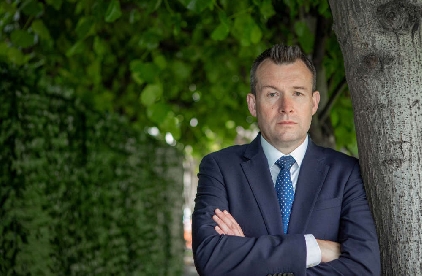 MP raises concerns over future of Post Office network
MP raises concerns over future of Post Office network
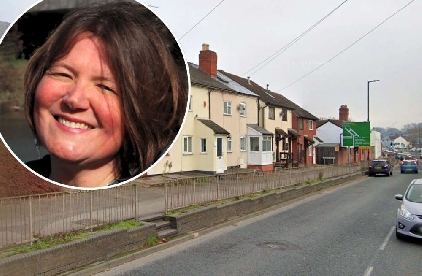 County ‘needs to stop using this chemical’ says North Herefordshire MP
County ‘needs to stop using this chemical’ says North Herefordshire MP
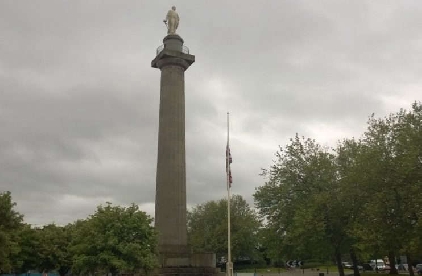 Statue of Lord Hill on The Column to be repaired
Statue of Lord Hill on The Column to be repaired
 Ludlow concerts draw 40,000 people
Ludlow concerts draw 40,000 people
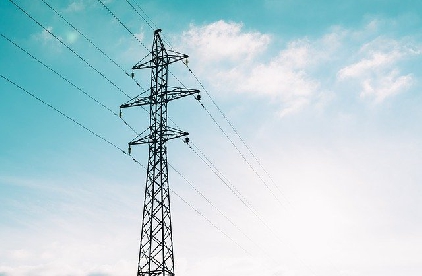 Power company ‘tripling capacity’ of overhead lines to ‘reinforce’ network
Power company ‘tripling capacity’ of overhead lines to ‘reinforce’ network
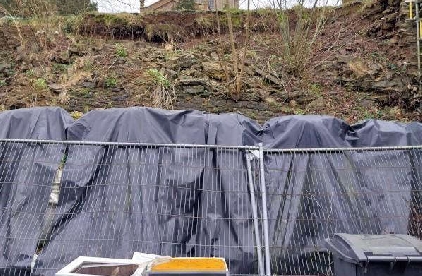 Church to take “enforcement action” against council
Church to take “enforcement action” against council
 Lorry driver taken to hospital after crash
Lorry driver taken to hospital after crash
 Agencies campaign to prevent heart-wrenching water tragedies
Agencies campaign to prevent heart-wrenching water tragedies
